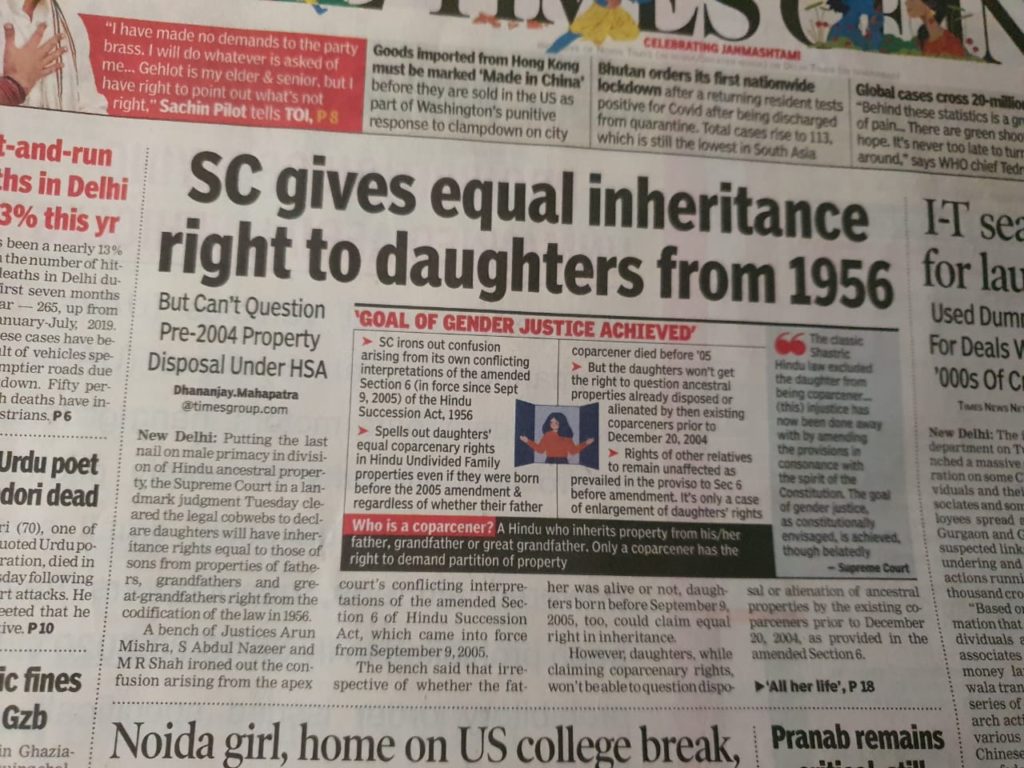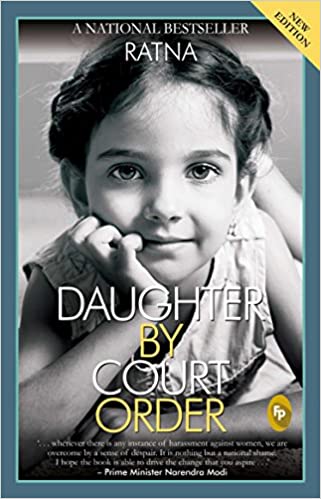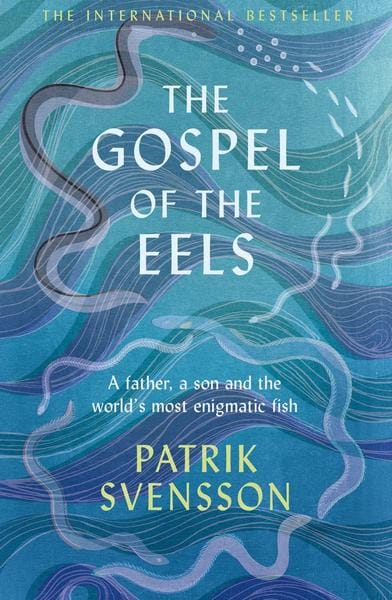
Poonam Saxena reading “Chander & Sudha”.
When he could school his mind to stay calm, when he could endure everything with a smile, why couldn’t Sudha? He was the one who, with his every breath, had fashioned Sudha into what she was. He had, bit by bit, constructed her, polished her, embellished her. She was his work, his creation. How, then, could she exhibit his weakness? ( p.143)
…
The house shone like silk. But within every ball of bright, colourful silk there is always a little silkworm–sad, silent, holding its breath, waiting every second for its imminent death. In the middle of all the hectic activity, the preparations, the excitement, there was one person whose lifebreath seemed to be ebbing away, whose eyes were slowly losing their sheen and mischievous sparkle, whose heart was emptying itself of all joy and happiness — Sudha. ( p.161)
Dharamvir Bharti’s popular novel Gunahon ka Devta or Chander & Sudha has been translated into English by prominent journalist Poonam Saxena. It is a story set in Allahabad, Uttar Pradesh in the 1940s. Sudha is the daughter of Dr Shukla and Chander is his student. Chander spends a lot of time at his teacher’s home, practically lives in it and moves in after Sudha gets married and leaves. Chander & Sudha is a “love story” more than a romance, told ever so lovingly by the 23-year-old Dharamvir Bharti. The gentleness with which it is recounted is absorbing to read, never dull; all though the storytelling and the ending is reminiscent of Bollywood films of the 1950s. Nor does the language sound stilted even though Chander is prone to intense self-reflection and being privy to a lovestruck Romeo can get quite painful to read if not written about deftly–probably a large part of the credit for a readable story goes to the translator, Poonam Saxena.
Chander & Sudha is a novel which will probably make it to the longlist, even the shortlist, for any award instituted for translated literature in India. It is a book that tends to occupy one’s mind for a long time after it is over. Time well spent.
I am posting excerpts of an email interview conducted with Poonam Saxena earlier this week.
1 What are the sales figures of this novel in Hindi? You say it is still in print and selling well. Who is the publisher?
I don’t have any exact sales figures for the novel but I do know that it was written in 1949 and has never been out of print. I have two copies with me. One is a 20th reprint 1986 hardcover that was first published by Bharatiya Jnanpith in 1959. (I don’t know who the earlier publisher was). Then I have a paperback copy also printed by Bharatiya Jnanpith in 2014 which is the 70th reprint. Hardcover + paperback from 1949 to today — I don’t even know how many copies it must have sold, but the numbers must be huge. I do know it is widely considered to be Hindi’s biggest bestseller.
2 Was the author only 23-years-old when he wrote it? Does it not make him similar to the young authors we have today, who commercially success — Ravinder Singh, Durjoy Dutta etc?
In Hindi and Urdu writing, many authors did finish very successful works when they were very young. For example, Rajendra Yadav wrote Sara Akash at 21, Sahir Ludhianvi wrote Talkhiyan at 22.
3 What was the purpose of your translations when you began it — be true to the source text or reader friendly to a modern reader?
My translation is not literal. It is not true to the text in the sense that I haven’t translated every single line as it is written in Hindi. The idea was to be true to the characters, emotions and feelings in the book and to make it work as a novel in English. I didn’t want it to sound stilted. I kept some things in mind — for example, the book is written in 1949, so I tried to avoid casual, modern words and terms like ‘stressed’ or ‘hassled.’ (I also felt that people hardly write great love stories any more — but here was one which still touched your heart even though it was written so many years ago. It needed to be translated.
I didn’t skip over passages, I didn’t omit chunks. I retained what the writer had said – the metaphors he had used (for example, the temple, the oil lamp – these are the images he has used throughout the book when writing about Chander and Sudha’s love). There are long passages of reflection, philosophy, all of which I have retained. I have tried to keep them as true to the book but at the same time I have tried to make them work in English. Also, just to give you another small example, there is a long passage early in the book when Chander is wandering about in Beritie’s rose garden, where there is a detailed description of flowers. I could have cut that passage but I didn’t. I kept it. On the whole I tried to be true to the writer’s voice and way of expression while making it fluid when translated into English.
4 Why did you change the title of the novel from Gunahon Ka Devta to Chander and Sudha? What would you have translated Gunahon ka Devta as? Isn’t the title in Hindi far more apt than the one chosen by you for the English translation?
The Hindi title is absolutely beautiful. Gunahon Ka Devta is an incomparable title. But when you translate it in a literal way, it becomes ‘Lord of Sins’ or ‘God of Sins’, which doesn’t sound right at all. My editor and I went through about 20 titles and somehow none sounded okay. We finally settled on Chander & Sudha because really the book is also a great love story. I guess there was some inspiration from titles like Romeo & Juliet which are based on the two lead characters’ names.
5 How old were you when you first read this novel and fell in love with it?
I first read the novel in my twenties and fell in love with it.
6 The article you wrote in Scroll ( 15 March 2015, http://scroll.in/article/713676/why-a-66-year-old-hindi-love-story-needed-to-be-translated-into-english ) was adapted from the afterword published in the book, was it not?
Yes it was. They wanted the piece quickly, literally overnight. They were okay with an extract from the Afterword too, but I adapted it and sent it. The Afterword as it is gives out the whole story, so obviously I didn’t want that.
Dharamvir Bharti Chander & Sudha ( Translated by Poonam Saxena) Viking, Penguin Group, Gurgaon, India, 2015. Hb. pp. 330. Rs. 499
21 March 2015




